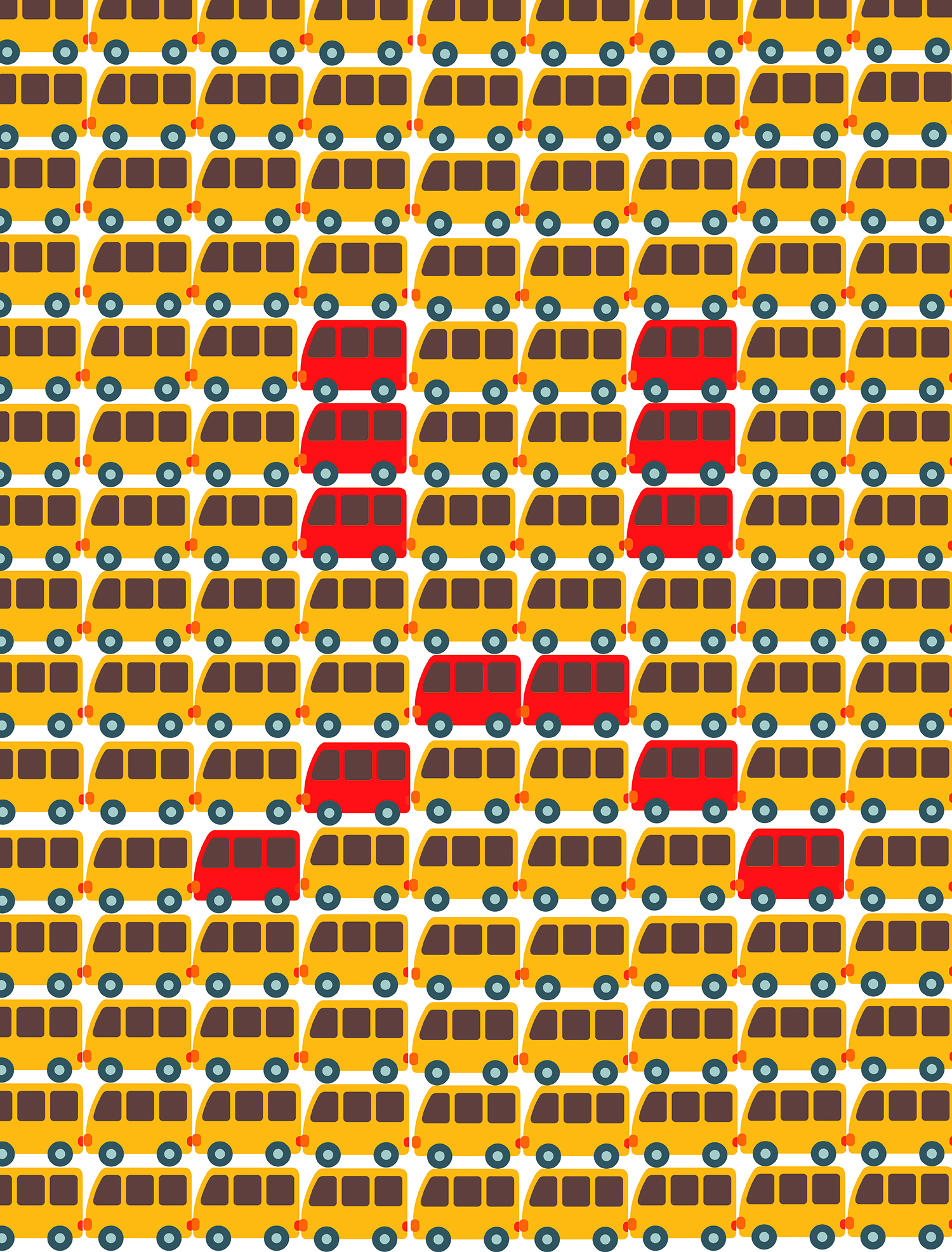Go-Far 2018: Eye on Estonia

Graphics by: Vanessa Goh
Bumpy ride for free buses
Bus rides are free almost nationwide. But many would rather pay for more routes and buses
By Neo Shi Wei
Pensioner Tiina Joosua, 55, does not have to pay a single cent whenever she takes the bus from her countryside home to the town centre to buy groceries.
Despite this, Ms Joosua has only taken the free bus service, which is available throughout the week, thrice since a month after it was introduced in July. She instead chooses to rely on her daughter to drive her to the town centre, due to long waiting times for the buses that come only twice a day.
“There is no such thing as free stuff,” she said, adding that she would rather pay for the bus rides so that the government could spend the money to improve the frequency of bus services, which she said has remained unchanged.
Estonia made global headlines earlier this year when its government announced that it was launching the world’s largest 24/7 free public transport zone. Public buses, which travel within counties — smaller administrative districts of Estonia – were made free for all passengers in Estonia, extending the free public transport network already present in Tallinn.
However, many passengers said that they would have preferred to pay for the bus rides, as more funding from taxpayers’ money could lead to improvements in transport infrastructure.
More than a third, or 37 per cent, of Estonians support the free bus rides, according to a survey by Estonian paper Postimees in May.
Fireman Tauri Helimets, 22, who takes the free bus at least three times a week to go to work, said: “It does not impact my life too much to pay just one euro for each bus ride.”
Others have complained about the lack of bus services.
“The government should have started analysing the situation to see if there are enough bus lines, and then decide if people really need free transport,” said lawyer Kristi Käärik, 32, who lives in Tartu city.
When she visits her countryside home 60 kilometres away from Tartu, she said that she has to take the train or drive her car because there are no buses that travel there.
Goal of free transport
Mr Jaan Männik, 27, advisor to the Minister of Economic Affairs and Infrastructure, said free bus transport was implemented to rejuvenate the countryside, as citizens are migrating to cities in search of better opportunities.
“We needed some ways to make life in the countryside cheaper, and the cost of transport, according to different studies, is one of the biggest.”
The idea of the free bus transport originated from the capital city of Tallinn, which made public transport, including trams, buses, trolley buses and trains within its city limits, free for its residents five years ago.
While he acknowledged the criticism of the free county bus rides, he said that the government has already taken steps to improve transport infrastructure.
The government was also subsidising two-thirds the cost of a bus ticket even before the free bus services, he said.
To cover the remaining one-third, it has allocated an extra 13 million euros from the federal budget this year, making the total amount for county bus subsidies some 35 million euros.
This takes up only a small percentage compared to the overall federal budget, he said, adding that 3.3 million euros out of the extra 13 million euros is meant for improvements in bus frequencies and routes.
Increase in demand
Despite the naysayers, more people have been using the free bus transport in Estonia’s counties.
In July, the total number of bus passengers in counties with free public transport increased by at least 20 per cent from last year, according to government statistics.
In Jõgeva County alone, the number of passengers in July grew to 20,500, an increase of over 60 per cent compared to a year ago, said Heldur Lääne, 63, member of the board of Jõgeva County Public Transport Centre.
However, the numbers could also have been influenced by the unusually hot weather this year, which brought more people — not just from Jõgeva County — to visit the lakes and rivers, added Mr Lääne.
Pensioner Aime Jaema, 64, who lives eight kilometres away from the Jõgeva town centre, takes the free bus almost every day to buy groceries and other essentials.
She said that she has saved about 30 euros in transport expenditure since the free bus service started a month ago. The average monthly pension in 2017 was 405.5 euros, according to government statistics.
There are also non-public transport users who support the move.
Mr Martin Aavastik, 27, a software programmer, is a proponent of free public transport even though he drives to work.
“I have a car, but many people don’t. When the old people in the countryside want to go to the cities, it is easier and cheaper for them.”
Future of free transport
Mr Mannik said that there is no end date for the provision of free transport service, and funding has been allocated until 2022. However, he noted that the plan could change, as Estonia is having parliamentary elections next year.
Ms Jelizaveta Janno, 32, a transport and logistics professor at Tallinn University of Applied Sciences, said that the government needs to consistently take into account the increase in demand to ensure the free public transport system is sustainable.
“Schedules should be retained, routes need to be modernised and the frequency of bus departures should be adjusted based on demand,” she said.
For now, Estonians, regardless of whether they support or oppose the free county buses, said that it remains to be seen if these bus rides are effective in the long term.
Undergraduate Taisi Utsal, 20, said: “If the free transport is not meant to work, it is going to collapse anyway.”